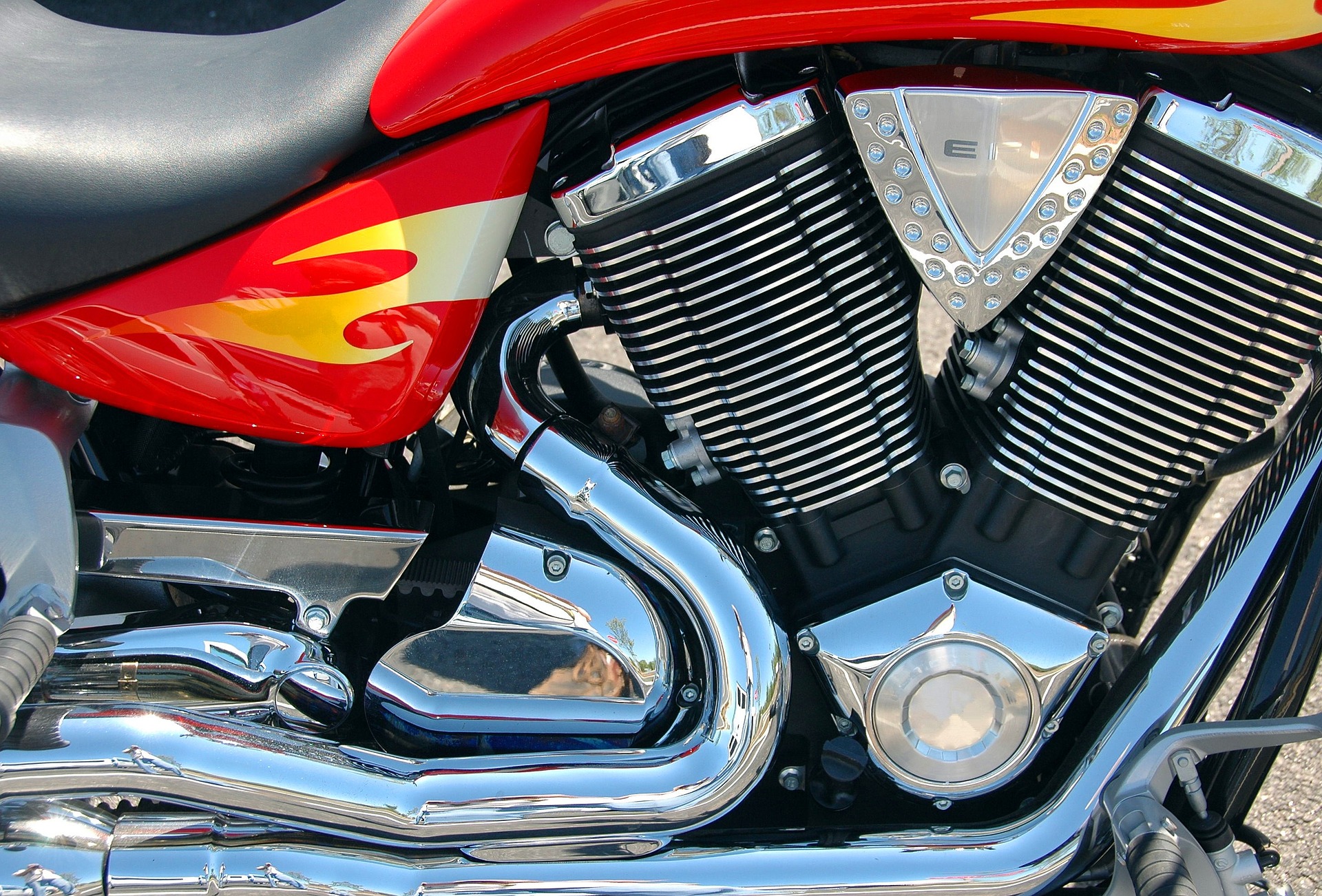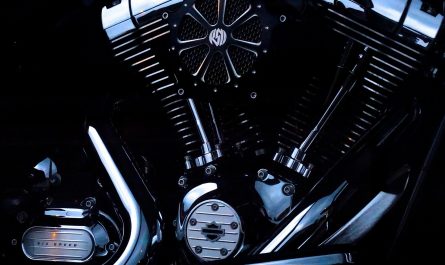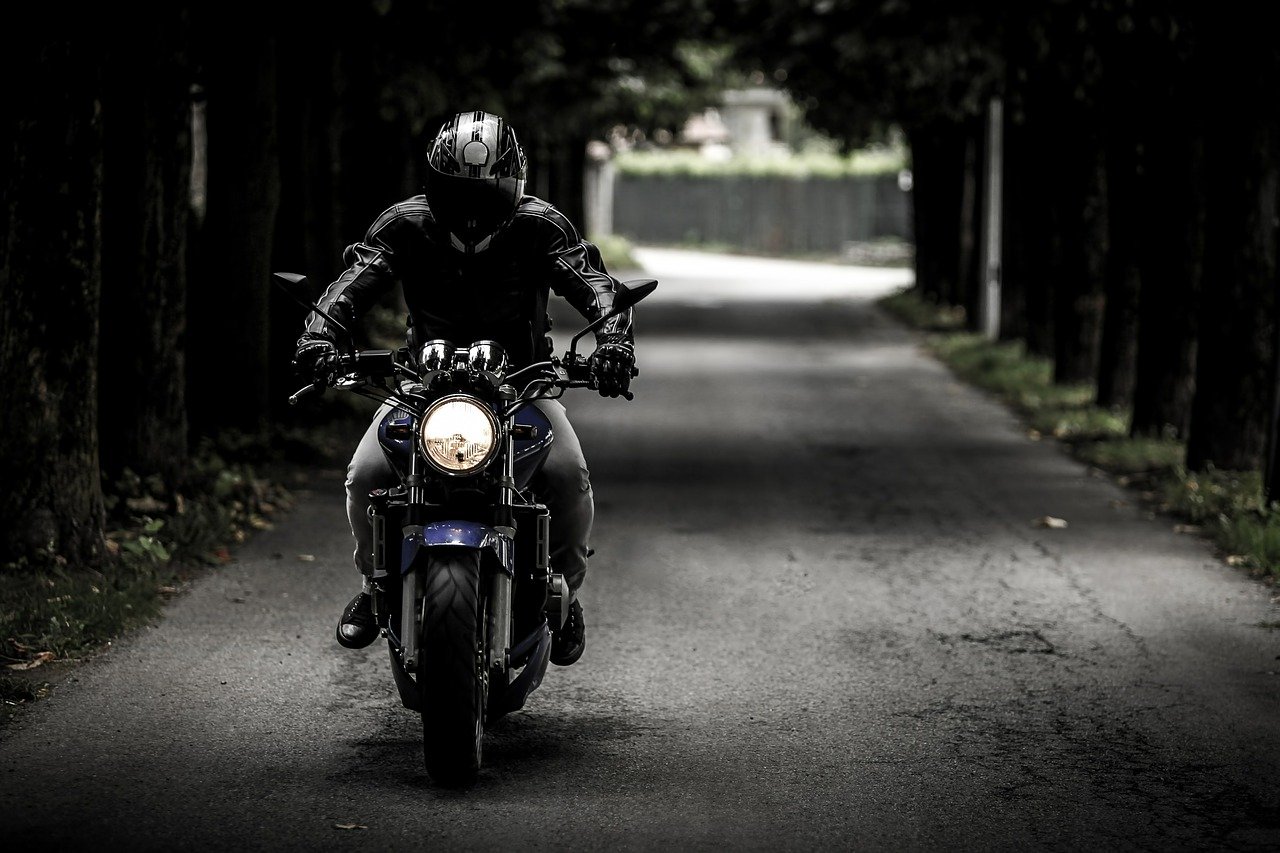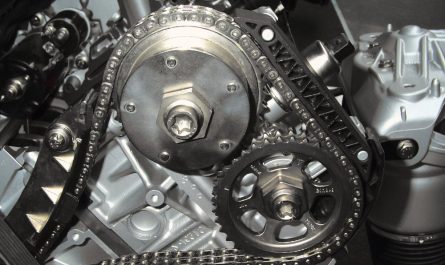Your motorcycle accompanies you every day on all your trips on the road, whether it is windy, rainy or sunny. However, something doesn't suit you anymore… You don't like your motorbike engine anymore, the paint is not very nice anymore and the varnish is coming off. The engines of Japanese motorcycles, from the 1975s, are usually painted black or gray. It is the same for the engines of European motorcycles from the years 1995 according to the brands. It is quite possible to restore your motorcycle engine in aluminum or alloy, so that it regains its color of yesteryear!
To repaint your engine, follow our advice and in a few simple steps, you will find your motorcycle as it was on the first day! A good paint, good material, a suitable place and it is the assurance of an engine like new!
What type of paint should you use to paint your motorcycle engine?
Some parts of a motorcycle are subjected to particularly high temperatures. The engine is obviously part of it. Therefore, it cannot be painted with conventional body paint. It is necessary to use a high temperature paint for a long lasting hold.
A high temperature spray paint withstands temperatures up to 800 ° C. Be careful to use it on a cleaned surface. The paints offered on the market are often red, black or gray. The paints generally have a matte appearance but it is possible to apply a high temperature varnish to make them shiny. The paint will be able to be applied most often in two coats, either directly on the metal, or on top of a deteriorated paint.
For optimal and top-quality work, you can also hire a professional body painter. Once the motor has been dismantled, the painter can apply a high temperature paint using a suitable gun. This can then hold up to extremely high temperatures, after the engine paint has cured by successive starts of the vehicle. Obviously, hiring a professional will cost you more than painting your motorbike engine yourself. However, if the budget is higher than for a spray paint, it will most likely allow it to last longer over time.
What are the steps to paint the engine of your motorcycle?
Step 1: carefully disassemble the motor
Dismantle the engine properly from your motorcycle: in fact, it is not at all practical to paint the engine directly on the vehicle. Then place the engine on a fixed support so that you can paint it quietly.
Step 2: prepare the engine
It is important to properly plug all the holes in the motor. Anything that will prevent micro-waste from coming out can be used like corks or rags. Then use a paint stripper that you can find at any DIY store. Do not hesitate to apply a thick layer of product and repeat the operation several times. For greater efficiency, it is even possible to soak rags and let them sit on the engine for a whole day. You can then rinse the engine with water. A Karcher will be particularly effective in properly removing leftover dirt. However, be careful not to pour the runoff water anywhere. They are indeed very polluting and should not be left in nature.
Step 3: let's move on to painting!
In order for the paint to adhere to the engine, it is necessary to degrease it well. You can use a brake cleaner spray for example. Then wipe with a clean, dry cloth. It will remove any traces of residual dust. For painting, choose a professional product. It is recommended to carry out the application by spraying for an optimal result. In general, a very well detailed user manual is supplied with the products. So, you can't go wrong with the use of paint. As a general rule, the quantities of paint in a bottle are enough to paint an entire engine.
Once the new paint is in place, you can then directly place the engine back on your vehicle. When you start your motorcycle, respect the recommended heating time in order to harden the paint. Indeed, after 1 to 2 days of drying in the open air, the progressive curing of the paints will be carried out by starting the engine several times at idle.
To do this, it must be started for a few minutes, let the engine cool and then repeat the operation several times in order to promote good grip.




